Oysters are amazing creatures. They have played an important role in nature since they first arrived on the planet, as natural cleaners. A bed of oysters can filter pollution out of water and make it clean again. But humans have found other uses for them as well. For thousands of years, humas have harvested oysters
Oysters are amazing creatures. They have played an important role in nature since they first arrived on the planet, as natural cleaners. A bed of oysters can filter pollution out of water and make it clean again. But humans have found other uses for them as well. For thousands of years, humas have harvested oysters for food, for tools from their shells, and for jewellery.
Pearls have a magic of their own. When you look into a pearl, it seems like light is trapped inside the gem. But pearls are actually created by oysters as a way of defending their sensitive tissues from foreign invaders!
Between the hard shells of an oyster is a fleshy body called the foot. Between the foot and the shell is a soft, slimy tissue called the mantle. These tissues are extremely sensitive, so what happens if something like a tiny parasite or plankton gets inside the oyster’s shell? It has no hands to shoo the invader out, so instead the mantle forms a shell of a substance called nacre around the invader. Over time, more and more layers of nacre are added, until a pearl is formed! It’s the light playing between the layers of nacre that make the pearl seem to light up from inside.
However, as magical as pearls may seem one of the most amazing things about oysters is that they can switch between being male and female! Oysters are born male, but may change into a female after one or two years. Even more remarkably, after releasing her eggs, the female oyster may turn male again! This change can happen in under a month!







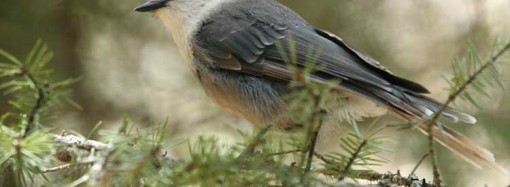
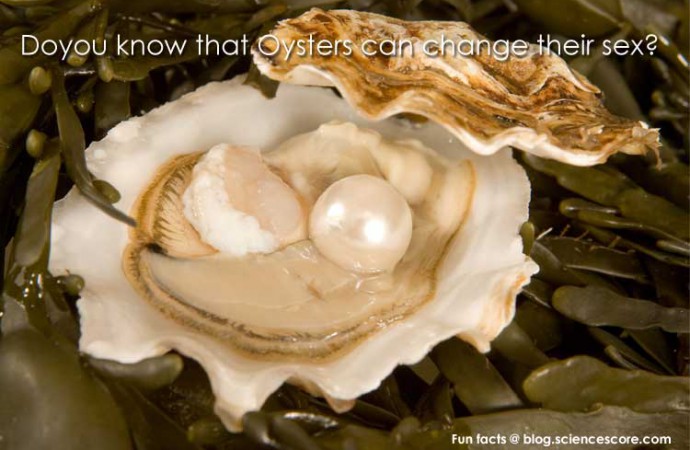
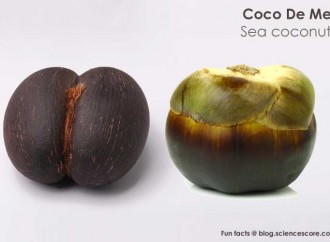





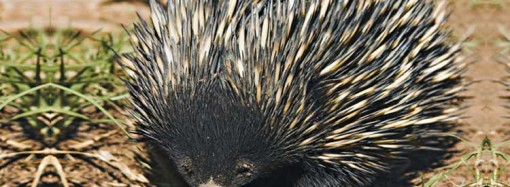
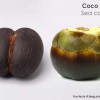

















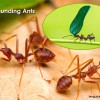












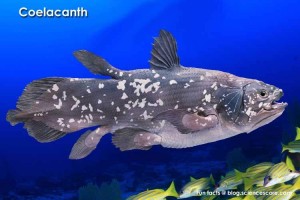
Leave a Reply